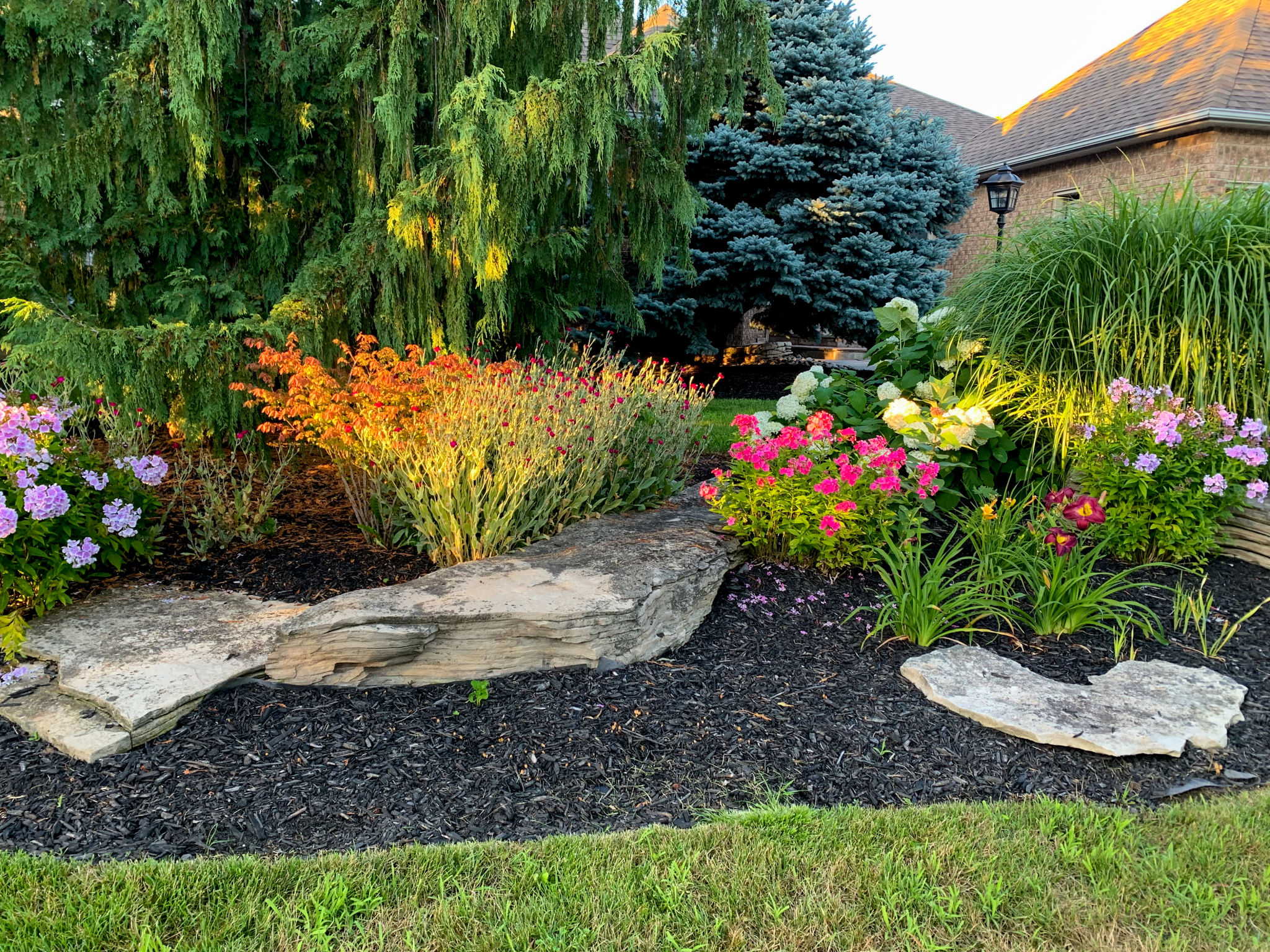Comparing Popular Garden Styles: Which One Suits Your Home?
Exploring Different Garden Styles
Creating a garden that complements your home can significantly enhance its aesthetic appeal and overall value. With a variety of garden styles available, choosing the right one can be a delightful yet challenging task. Each style offers unique characteristics, catering to different tastes and functional needs. Whether you prefer a minimalistic look or a lush, vibrant environment, there's a garden style for you.

Traditional English Garden
The traditional English garden is known for its romantic and picturesque qualities. This style often features a mix of perennials, shrubs, and climbing plants, arranged to give a natural flow and understated elegance. A central lawn often serves as the focal point, surrounded by flowerbeds bursting with color.
Key elements of an English garden include:
- Dense planting and layered textures
- Curving pathways
- Ornamental structures like pergolas or arbors
Modern Minimalist Garden
If your preference leans towards simplicity and clean lines, a modern minimalist garden might be the perfect fit. Characterized by the use of space and materials like concrete, glass, and metal, this style emphasizes form over flora. The plants are typically sculptural, chosen for their shape and texture rather than color.

Elements to consider for a minimalist garden include:
- Neutral color palettes
- Geometric shapes in design
- Limited plant variety with strong architectural presence
Mediterranean Garden
The Mediterranean garden style is ideal for those living in warmer climates or those who want to evoke the feeling of a sun-soaked retreat. This style features drought-resistant plants such as olive trees, lavender, and rosemary. Terracotta pots and gravel pathways are common, adding warmth and rustic charm.
To achieve this look, consider incorporating:
- Herbs and aromatic plants
- Earthy materials like stone and terracotta
- Water features for a cooling effect

Japanese Zen Garden
The Japanese Zen garden is all about tranquility and harmony. This style is meticulously designed to promote meditation and reflection. Key features include raked gravel or sand representing water, strategically placed rocks symbolizing islands or mountains, and minimal plantings that focus on shape and form.
Essential elements of a Zen garden are:
- Simplistic design with an emphasis on space
- Natural materials like rocks and wood
- Water elements such as ponds or streams
Choosing the Right Style for Your Home
When deciding which garden style suits your home best, consider your personal taste, the architectural style of your house, and the climate of your location. A well-chosen garden style can create a seamless transition between indoors and outdoors, enhancing your living space both aesthetically and functionally.

Additionally, think about the amount of time you can dedicate to maintaining your garden. Some styles require more upkeep than others. Ultimately, the right garden style should not only complement your home but also reflect your lifestyle and personal preferences.
No matter which style you choose, remember that your garden is an extension of your home—a place to relax, entertain, and connect with nature. Take the time to explore different options and create a space that truly resonates with you.